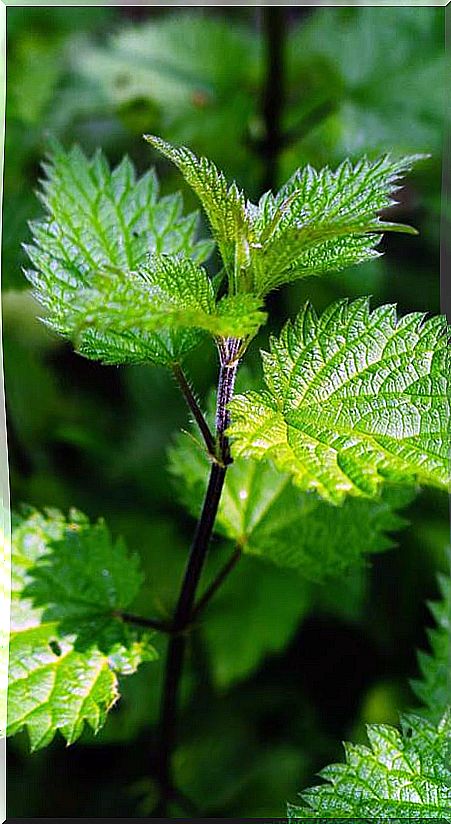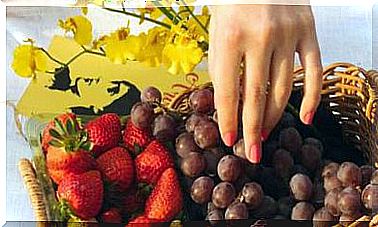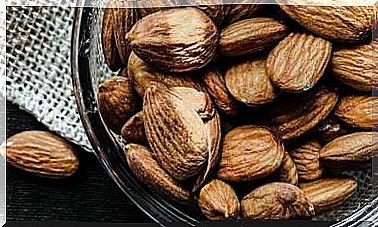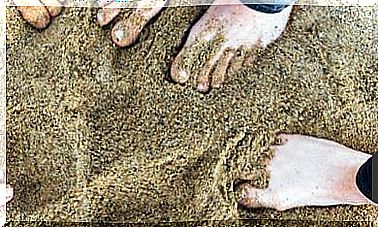Prepare The Best Organic Compost With Nettles
The virtues of nettle compost are well known to organic farmers. Making it is easy and you can use it with your plants.

Some bad experience with nettles may have made you think that it is an annoying, even obnoxious and unnecessary plant. If so, you are wrong. Nettles can be eaten, they are nutritious and therapeutic, and it is also one of the best aids for the gardener and horticulturist.
A natural and ecological fertilizer without side effects
With nettles you can make a powerful and beneficial fertilizer or liquid slurry that contributes to the healthy growth of vegetables. It is a natural and ecological alternative to mineral fertilizers.
It is especially recommended for crops such as potatoes, courgettes and cabbages. It has also shown great efficacy with tomatoes.
Using a natural fertilizer like this has great advantages over chemical fertilizers. There is hardly any risk of overdoing the fertilizer dose, the plants are strengthened and faster growth is achieved.
Like all good compost, nettle slurry is very rich in nitrogen, but it also contains iron, calcium, phosphorus and silicon, among many other elements.
It also prevents pests
In addition, the treated plants modify their internal composition and are less interesting for insects, so that, in addition to fertilizing, it also serves to prevent pests of mites, aphids, whiteflies, red mites, etc.
There is even more: the soil where the plants grow also benefits, as worms like it and favors balance in the ecosystem of microorganisms that surround the roots of the plants.
This is how nettle compost is prepared
Ingredients:
- A large bunch of nettles, as if to fill a bucket (put the leaves and stems, discard the flowers and roots).
- A large cube that is not made of metal.
- A lid or a wooden plank to cover it.
- A stick to stir the mixture.
- Rainwater (if you don’t have it, use tap water, but let the chlorine evaporate overnight).
preparation:
- Put the cube in a sunny spot. If the place is shady, it can also be done but it will take longer. As the compost will smell bad it is important that the site is sufficiently separated from where there is a lot of foot traffic.
- Cut the nettles equipped with good gloves and pruning shears. If the plants are large, you can cut them with a sickle. Put them in the bucket until they occupy three-quarters of its volume.
- Pour the water into the bucket until the nettles are completely covered.
- Leave the bucket undisturbed for a few days. When it starts to smell bad, cover it up.
- Uncover it every two or three days and remove the nettles with a stick. It is important to oxygenate the water in this way so that fermentation occurs properly.
- The mixture will be ready in 14 to 21 days. You can strain it and start using it as compost. It will be useful during the entire growth period of the plant.
How to use
- Use it with plants that need a lot of nutrients.
- Aromatics and legumes should not be treated with this fertilizer.
- In young plants, dilute 500 ml of the compost in 10 liters of water every 15 days. In adult plants, increase the dose to 1 liter.
- Water the soil with the treated water, not the leaves.









